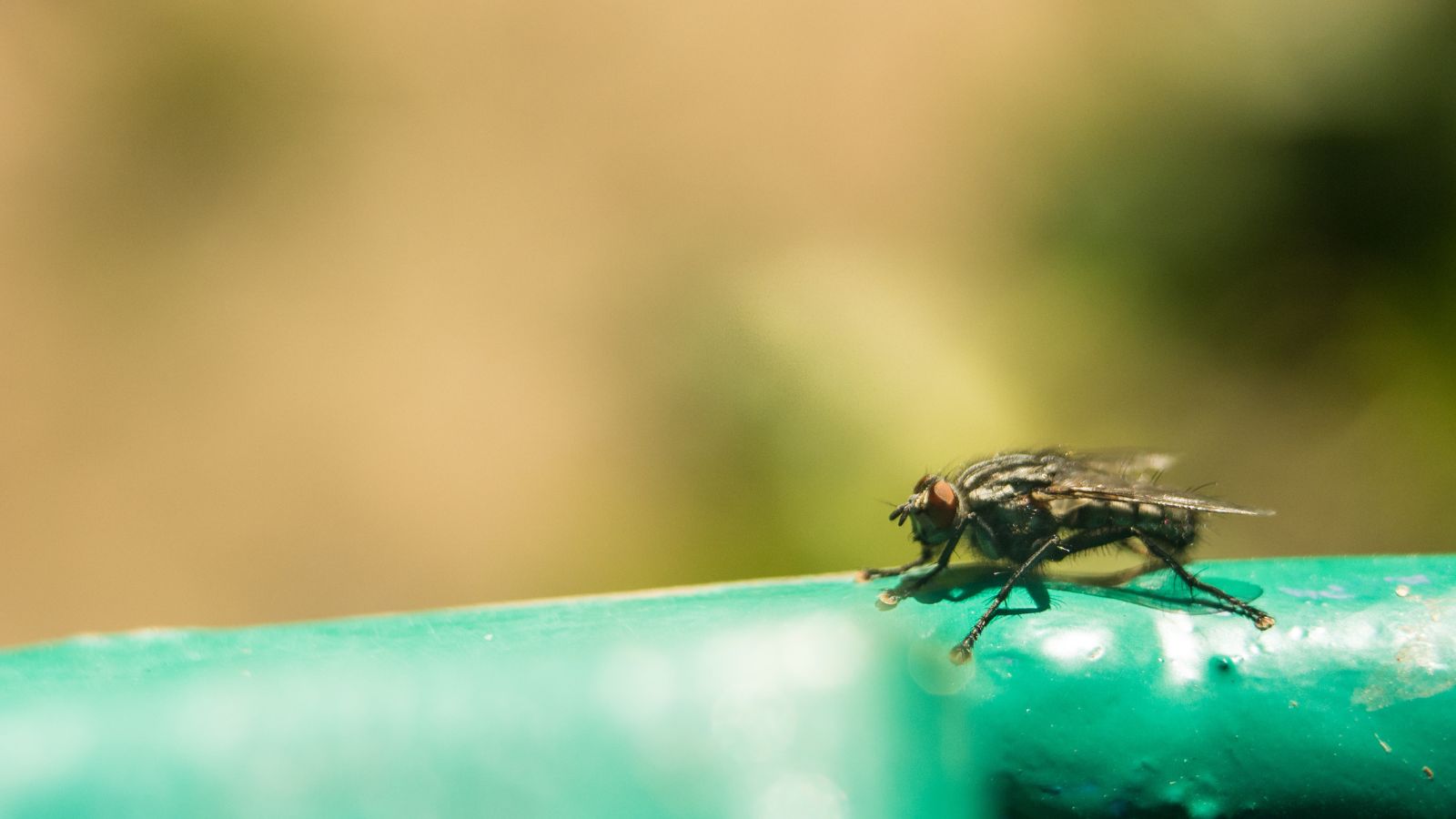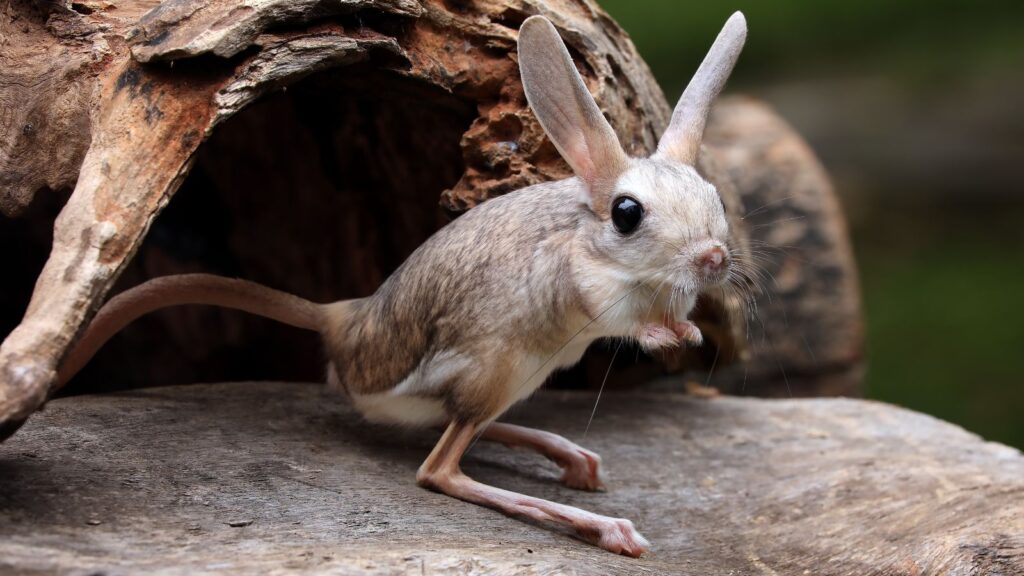The world is vast and full of breathtaking wonders, and one of the most fascinating aspects is the incredible variety of animals that inhabit our planet. While many are familiar, there are others that are truly unique and rarely seen, and in this article, we’ll explore 18 extraordinary animals that you’re unlikely to encounter at your local zoo—and might just give you nightmares.
Giant Softshell Turtle

This animal is also called the Yangtze giant softshell turtle. According to Edge of Existence, only four remain in the world today. They possess snouts similar to a pig’s and have low, deep heads and a large, melted-looking shell, giving them an unmistakable (and unforgettable) appearance.
Glass Frog

Immediately recognizable by their transparent skin, according to A-Z Animals, glass frogs’ internal organs are visible to observers—which is quite a strange sight! Found in rainforests from southern Mexico down through South America, they mainly live in trees located near streams.
Jerboa

According to the WWF, these animals are native to the deserts of northwest China and southern Mongolia. The adorable rodent is notable for its rabbit-like ears, long back legs, and incredible jumping ability, which makes it adept at detecting and escaping deadly predators.
Silkie Chicken

These fluffy creatures are native to China and are very different from the chickens you typically see. Other than their soft, silky plumage, silkie chickens possess black skin and bones, five toes on each foot (compared to the four found on most chickens), and to top it all off, blue earlobes!
Gerenuk

Gerenuks are known for their long necks and limbs, often referred to as giraffe gazelles. These antelopes are found in parts of East Africa and possess reddish-brown coats. Male gerenuks also have horns.
Hairy Frog

You can guess what a hairy frog looks like by its name. The males of this species grow hair on their bodies and thighs, prompting some people to call them “horror frogs.” They’re also known as the “wolverine frog” due to their ability to intentionally break the bones in their toes to use as claw-like weapons.
Tsetse Fly

The tsetse fly name covers over a dozen species of flies in the housefly family. As shared by Britannica, they are bloodsucking flies known to feed on humans and spread disease in their native home of Africa. They are distinguishable from other flies due to their forward-facing proboscis, which allows them to penetrate skin.
Platypus

Famed for being perhaps the most unusual mammal, the egg-laying platypus is native to eastern Australia. Aside from their odd (yet adorable) appearance, males of the species produce powerful venom, which can kill small animals and be incredibly painful to humans.
Irrawaddy Dolphin

These adorable, friendly-looking dolphins are recognized by their very round heads and are known to be receptive to human contact. There are reports of Irrawaddy dolphins mutually fishing alongside people. These dolphins are also said to resemble beluga whales.
Sunda Colugo

More often referred to as the Sunda flying lemur, the Sunda colugo isn’t actually capable of flight but instead glides among the trees of its native forests. These big-eyed creatures are found in several countries across Southeast Asia.
Honduran White Bat

Known for its distinct white fur, which is incredibly rare for a bat species, the Honduran white bat is nocturnal and constructs “tents” out of plant leaves with its teeth to provide shelter during the day. These bats are said to resemble cotton balls when huddled together!
Leafy Seadragon

Perhaps the most odd-looking specimen you’ll find on this list, the leafy seadragon resembles a plant more than it does an animal. The creature’s leaf-like protrusions provide effective camouflage as it resides in its home waters on Australia’s coast.
Dik-Dik

The dik-dik name is onomatopoeic, coming from the sound females make through their noses when feeling threatened. This species of antelope is endearing due to its tiny size, big eyes, and long tube-like snouts.
Axolotl

Called “forever-babies” by National Geographic, axolotls are a type of salamander that never leaves the water. This is because they did not naturally undergo the process that prepares them for land (metamorphosis). Axolotls can even regenerate lost limbs, making them invaluable in scientific research. They’re also considered pretty cute!
Peacock Spider

The males in this species of spider possess unique, vibrant color patterns on their abdomens, believed to be used as part of its elaborate mating ritual (which also involves dancing for the benefit of females). As they are jumping spiders, the peacock spider does not rely on webs to hunt its prey, which usually consists of insects.
Bilby

Bilbies have rabbit-like ears, pointy noses, and tiny bodies. They inhabit Australia and are keen architects, building extensive tunnel systems using their burrowing abilities. Being nocturnal, they use these tunnels for shelter from both heat and predators during the day.
Jabiru

The jabiru is a very large bird found in both Central and South America. These storks can be instantly spotted by their red “swollen” necks, which stand in stark contrast to the rest of their white plumage.
Narwhal

While they may draw comparisons to unicorns, One Earth shares that a narwhal’s tusk is actually a single tooth that is used to sense the water around it for temperature, depth, and salinity. Found in and around the Arctic Ocean, narwhals are under threat due to hunting and are protected by several conservation efforts.







